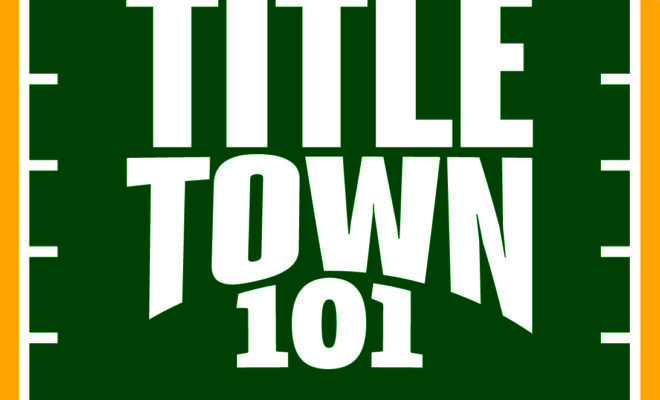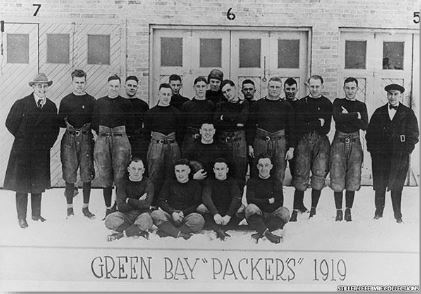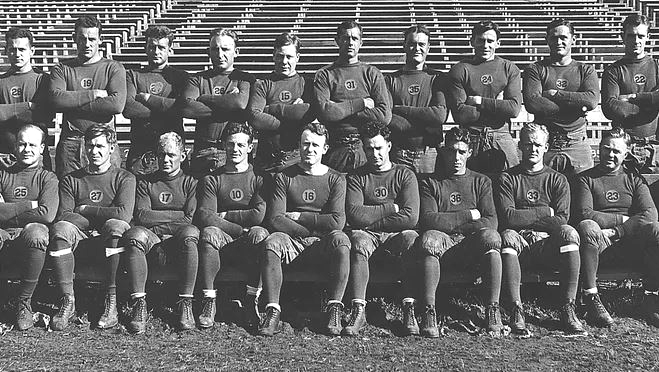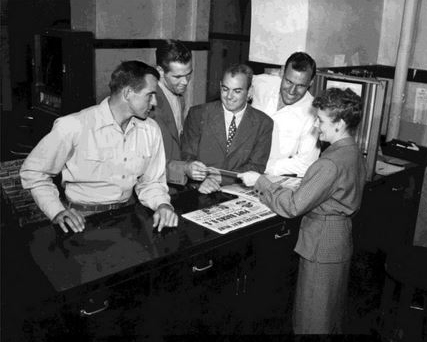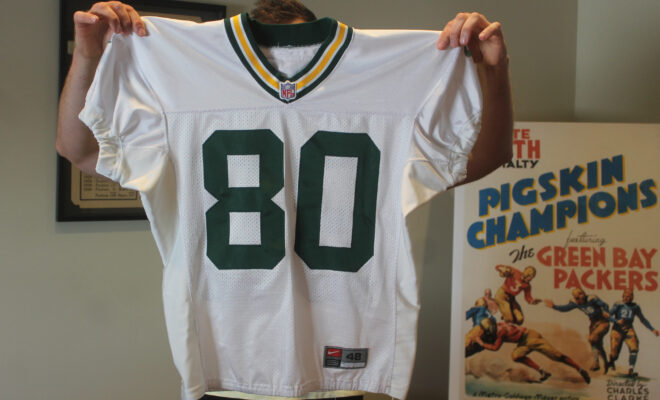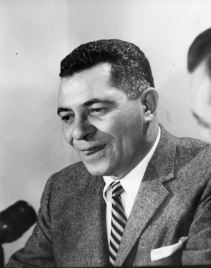Nothing lasts forever
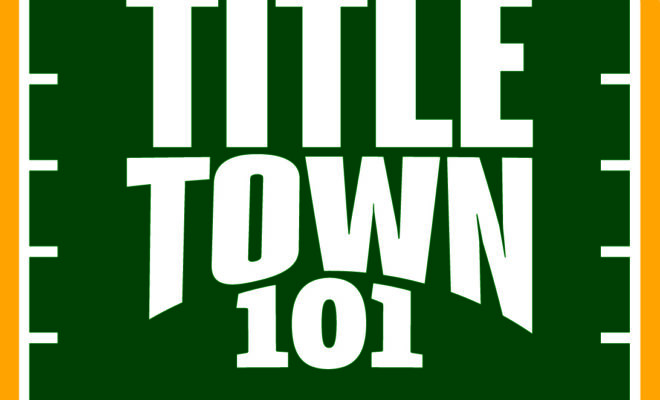
By Kris Leonhardt
Editor-in-chief
UW-Green Bay began the inaugural session of its “History of the Green Bay Packers Certificate” program on Sept. 6. The virtual, eight-week, two-hour class allows participants to “uncover the team’s storied history and get an inside look at the Packers Hall of Fame.” Over eight weeks, we are providing a glimpse of the class experience through Titletown 101.
“On the field is not always the most exciting time period. It’s one of the few decades in team history that they’re not always very successful on the field which we’ll talk about. But there are a number of historically significant things that happened for the franchise in this decade,” Green Bay Packers Hall of Fame Curator Brent Hensel said of the 1950s.
Curly Lambeau had been offered a new two-year contract by the Packers, but after 31 years of service to the team — 29 as head coach — Lambeau resigned in February of 1950.
In those 31 years, he only saw three losing seasons and won six NFL championships.
In his resignation letter, Lambeau said, “Differences of opinion have brought about a dangerous disunity of purpose within the corporation, one which, in my opinion, threatens the existence of the club.”
Lambeau took a coaching position with the Chicago Cardinals, while the Packers struggled while losing players to the Canadian Football League, with both teams ending up at the bottom of the league.
The Packers held their third public stock drive to keep up with other teams financially, receiving over $104,000 in pledges.
“(It was) door-to-door sales and basically to like the everyday fan. The goal was really to raise over $200,000, so they felt quite short of that,” Hensel explained.
“But, of the money that was raised, half of it came from Green Bay and the other half from the Upper Peninsula.
“They were hoping to get more from the Milwaukee market, which they kind of fell short of other than Miller Brewing contributing quite a bit.”
They began cultivating a female following with a Ladies’ Day and a women’s quarterback club.
“I think the first thing that really tells about the Packers trying to track fans from everywhere, including females,” Hensel said.
“The 1950s Ladies’ Day, as far as we know, this is the first of its kind with any other NFL team.
“So it was an Oct. 8 home game where the first 5,000 women received boutonnieres.
“Throughout the 50s, they used this to attract other female fans.”
Gene Rozani was hired to replace Lambeau
“He was an assistant coach with the Bears,” Hensel explained.
“He had spent some time with the Bears farm clubs — their minor league teams and a lot of fans did not like that.
“He did have some strengths.
“So one of the interesting things that is credited to him that he might have created is the spread formation. So his kind of offensive thinking was ahead of the time
“The players generally liked him. For the most part, he was a players’ coach, but he also was not much of a disciplinarian.”
Lisle Blackbourn was then hired as the third Packers coach and the team went 17 and 31 in his four seasons.
“But most of the players that eventually become stars, or even Hall of Famers, under Vince Lombardi, start with the Packers, drafting them at this point, and Blackburn is in charge of this, so he’s making the decisions of who they draft and bring in.
“He is the only former Packer head coach to be rehired by the team as a scout. He’s rehired as a scout in 1964.”
The idea of a new stadium started to be discussed at a men’s quarterback club in early 1951.
“By December 1954, the discussion becomes much more frequent, and they’re trying to decide where the best place is to build a new stadium,” Hensel said.
“At this time, the Green Bay City Council suggested a new 30,000-seat stadium be built on the site of where old city stadium is.
“This idea does not take off very well.
By now, television and radio revenue is coming in, which improves things financially.
But, there was still much debate on whether it should go on the east or west side of the city.
In February 1956, the City Council approved putting a bond referendum of $960,000 on the ballot for the April 3 election.
The referendum passed with over 11,000 voting yes and a little over 4,000 voting no.
“I think really the biggest debate was, where it was going to be located,” Hensel said.
“Osborn Engineering Company of Cleveland, Ohio, is hired and they end up surveying over 15 sites.”
Ultimately, the southeast corner of Highland Avenue (now Lombardi) and Ridge Road was selected, with its sloping pitch, ideal for the creation of the bowl
The new stadium was completed by Sept. 1, 1957; it seated 32,154.
It was officially named Green Bay City Stadium.
In 1958, Scooter McLean became head coach and the team went 1-10-1 for the season.
Read more in next week’s edition.
For more on the program, visit www.uwgb.edu/certificate-programs/history-of-the-green-bay-packers.

